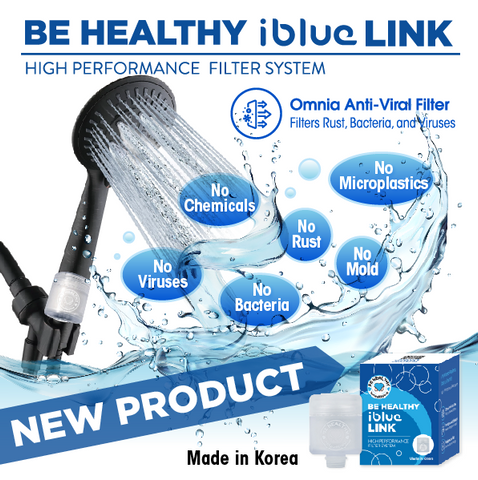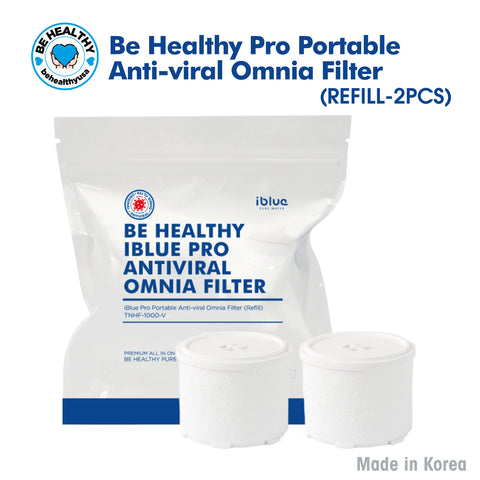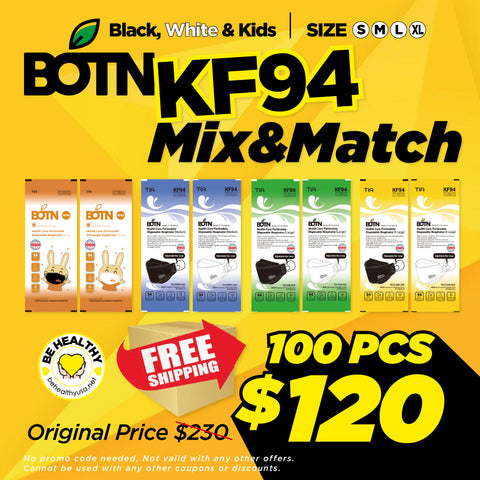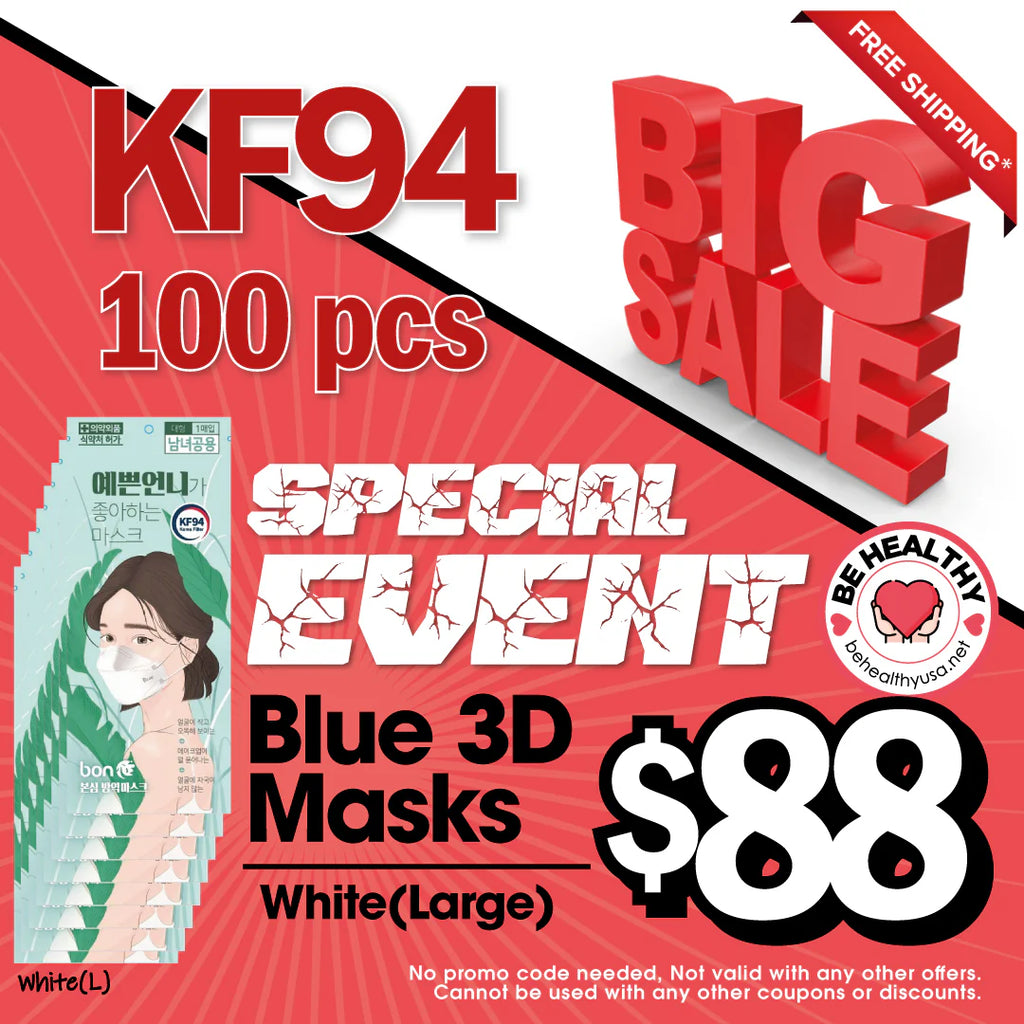KF94: How is it made?

Inside look at KF94 Production
With the rising rates of Covid infection and other air quality emergencies such as wildfires smoke, masks have been a mainstay in combatting respiratory hazards. KF94 masks are amongst one of the most reliable options available to the public. Known for their filtration quality and ease of use and wear KF94 have become a common go to for masks. But have you ever wondered about the intricate process that goes into making these masks?
Material Selection and Preparation:
The journey of creating a KF94 mask begins with carefully chosen materials. High-quality, non-woven polypropylene fabric is a key component due to its ability to provide excellent filtration while remaining breathable. This material is chosen for its ability to trap particles, preventing them from passing through the mask. The selected fabric is prepared and then cut into precise dimensions.
Layering for Protection:
KF94 masks are renowned for their multi-layer design, which is meticulously crafted to offer maximum protection. The mask typically consists of four layers:
- Outer Layer: This layer is designed to repel liquid and protect the inner layers from moisture. It's often a material that ensures the mask remains effective even in humid conditions. Some manufacturers typically add color or designs to this layer of the mask.
- Middle Layers: These layers are the heart of the mask and are responsible for the filtration process. Here, non-woven fabric with electrostatic properties is used to attract and capture particles. The combination of mechanical and electrostatic filtration ensures a high level of efficiency.
- Inner Layer: The innermost layer is made for comfort. Designed to be soft and comfortable against the skin. It prevents irritation while ensuring that the mask fits securely on the wearer's face.
Ultrasonic Bonding:
The layers of the mask are carefully aligned and then fused together using ultrasonic welding. This process creates a strong and reliable bond without the need for additional adhesives, making the mask safer for use. Ultrasonic bonding ensures that there are no needle holes, which could compromise the mask's integrity.
Nose Wire and Ear Loops:
Next the nose wires and ear loops are attached to the KF94 masks. The malleable nose wire is used to mold the mask to the nose. This ensures a snug fit, reducing the likelihood of air leakage. The ear loops are made from elastic material allowing for easy wearing and removal.
Quality Control:
Throughout the manufacturing process, rigorous quality control measures are in place to ensure that each KF94 mask meets the required standards. The masks are made through an automated process to reduce human contact and contamination. Random samples are tested for filtration efficiency, breathability, and overall construction. This meticulous attention to detail guarantees that the masks provide the expected level of protection.
Packaging and Distribution:
Once the masks have passed quality control, they are packaged in a sterile environment to maintain their cleanliness. Proper packaging prevents contamination before the masks reach the end users.
Different manufacturers may have slightly different processes but in general this is how a KF94 mask is made. In conclusion, the creation of KF94 masks involves a blend of scientific principles and precise craftsmanship. From material selection and layering to ultrasonic bonding and quality control, every step in the process contributes to the mask's effectiveness. So, the next time you don a KF94 mask, remember the intricate journey it has undergone to become a reliable guardian of your health.















